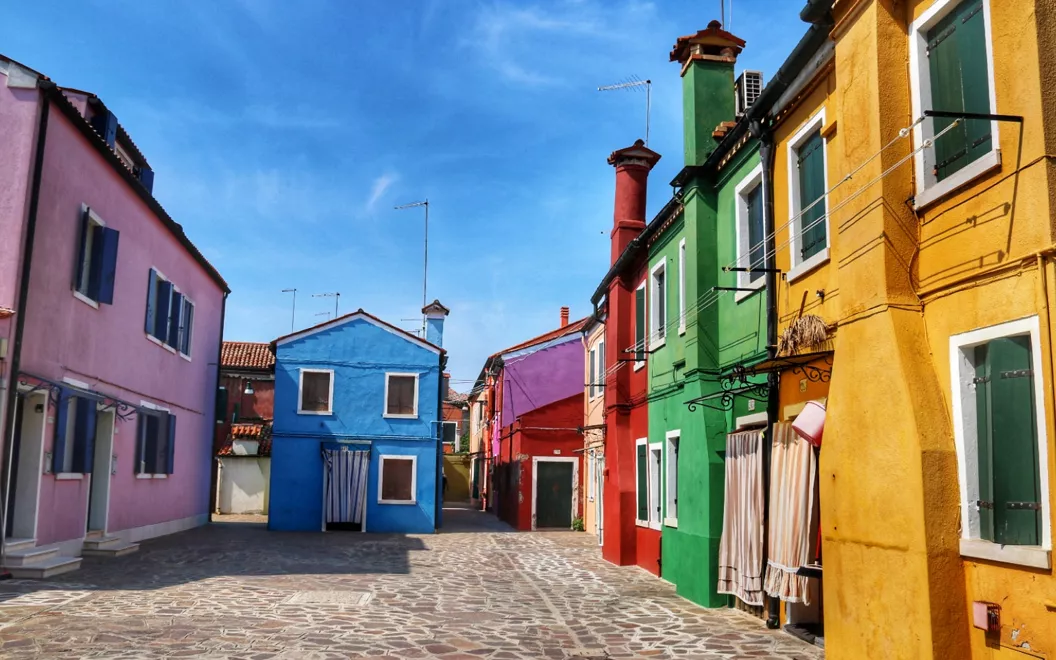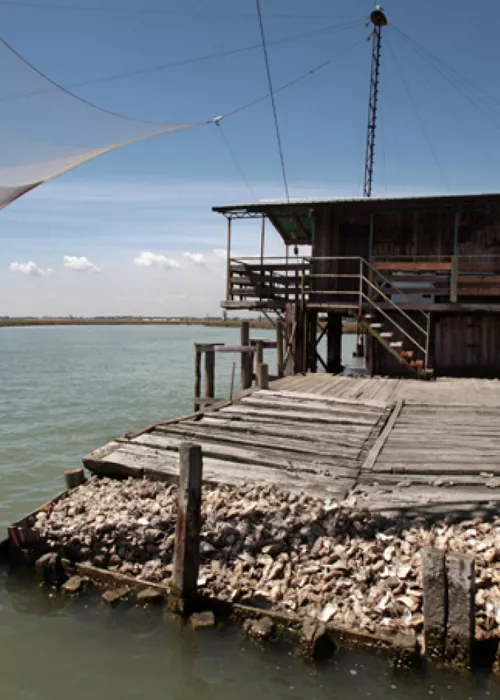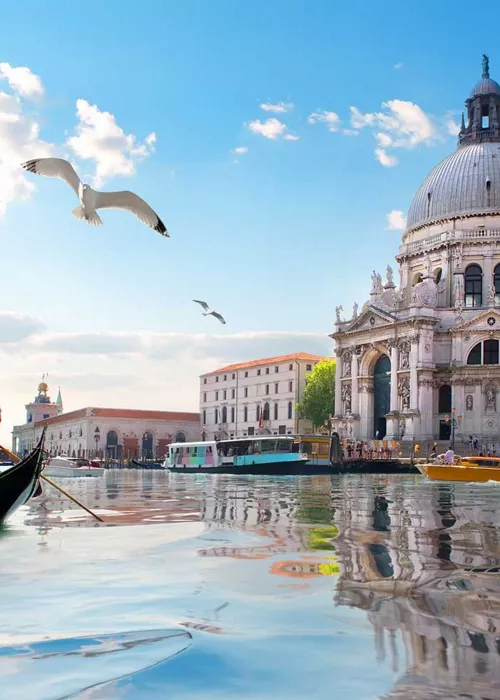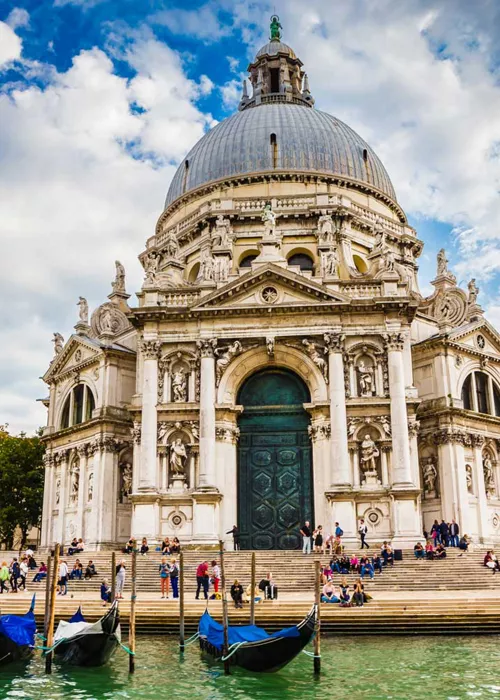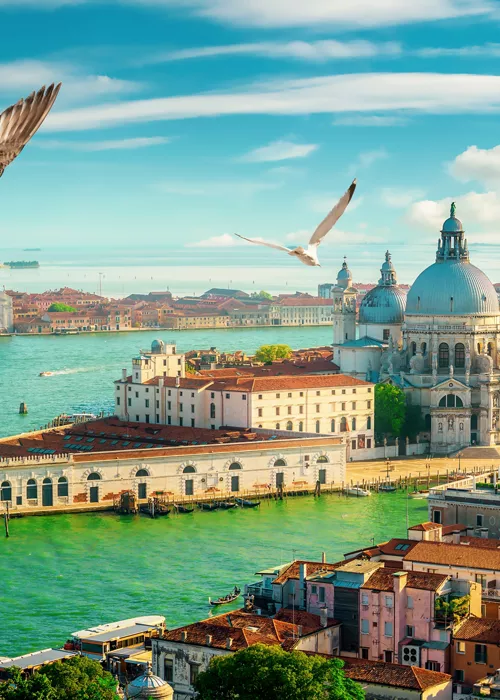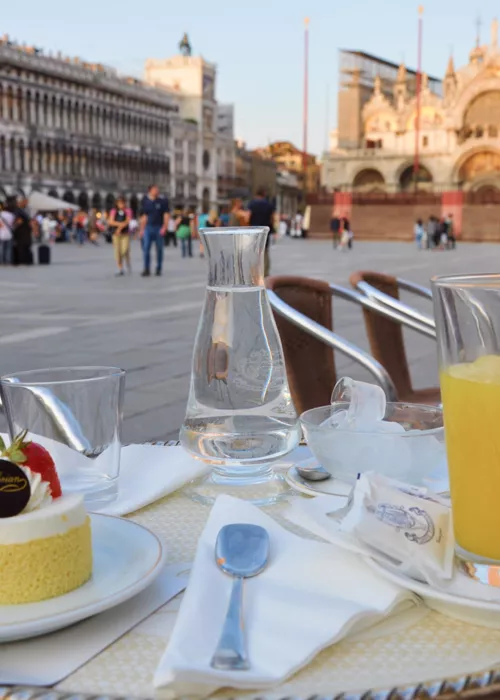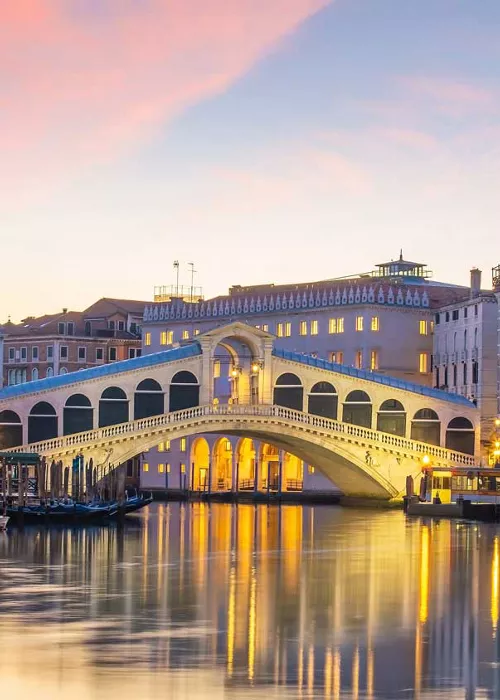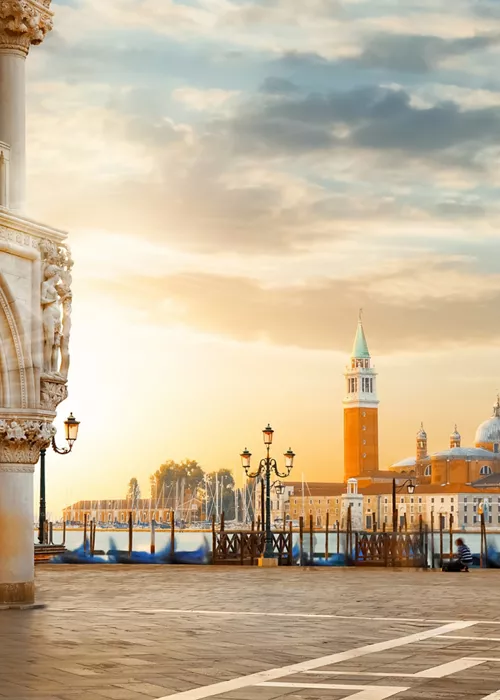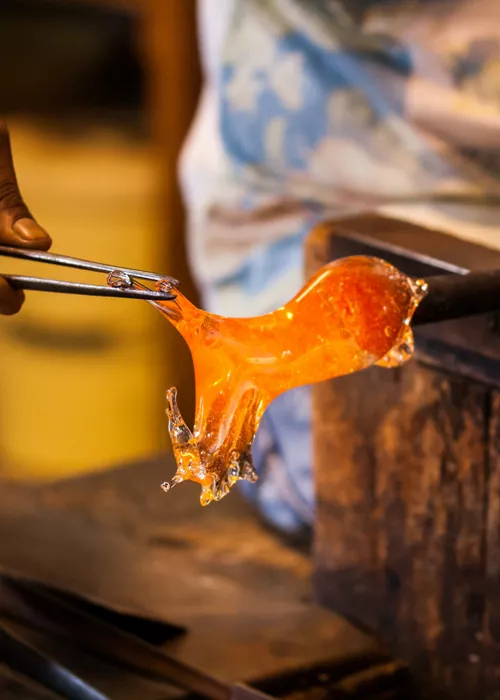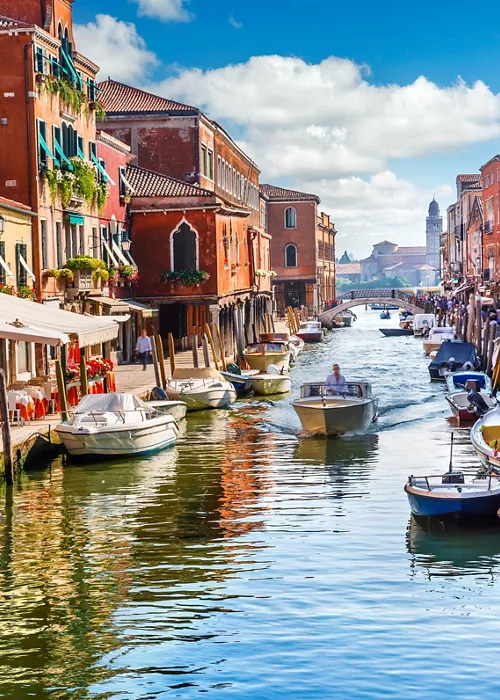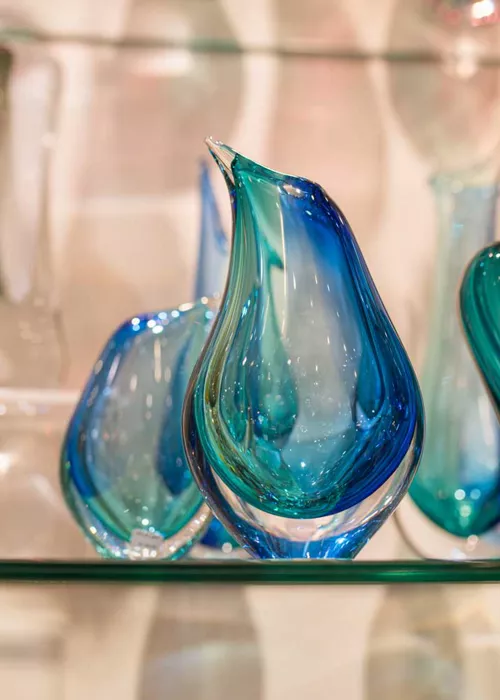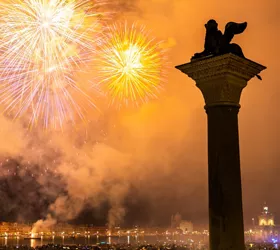10 Venetian islands where you can enjoy the charm of the lagoon after work
5 minutes
We are talking about Venice, of course: a great little jewel of architecture and tradition that harbours some of the most photographed views in Italy.
The secret to experiencing the most authentic aspect of this metropolis on the water, however, lies in moving away from St. Mark's Square and venturing further afield, through the most out-of-the-way streets, or landing on one of the 118 islands that make up the Lagoon.
This is true for tourists, and it is also true for those who are in Venice for work and decide to treat themselves to a little free time away from the more conventional tourist routes.
The Venice Lagoon encompasses art and history, with ancient palaces, splendid works of art and a landscape that is unique in the world.
With a vaporetto, or better still, a taxi with Hollywood glamour, the smaller islands of Venice can be reached very quickly, turning them into places of choice where one can take a trip or, even better, decide to stay in an unrivalled setting.
Tours of the islands of Venice to visit at least once in a lifetime
Lazzaretto Nuovo and Lazzaretto Vecchio
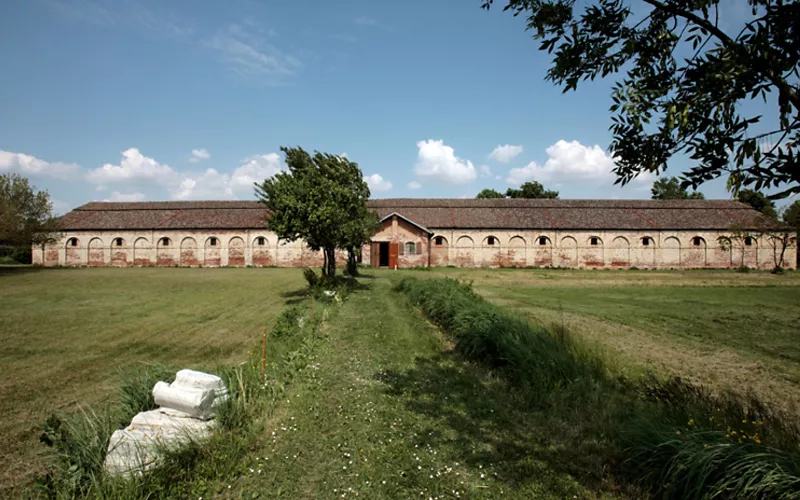
In the Middle Ages, this island was a monastery: in the 11th century, the Benedictine monks of San Giorgio Maggiore took it over and built a church there dedicated to St Bartholomew.
Surrounded by salt pans, Lazzaretto Nuovo was once an important salt resource.
The main building on the island is called Tezon Grande; it is the largest public building in the city (after the Corderie), but what makes Tezon Grande unique are the drawings and writings on the walls that tell the stories of ancient merchants and watchmen.
Lazaretto Vecchio is an island of extraordinary historical value. It was established in 1423 at the behest of the Senate of the Serenissima to house a hospital for treating and isolating plague victims, and later became a military warehouse. After years of devaluation and considerable and continuous maintenance work, it became home to the National Archaeological Museum of the Lagoon of Venice, attracting thousands of visitors.
Island of Murano
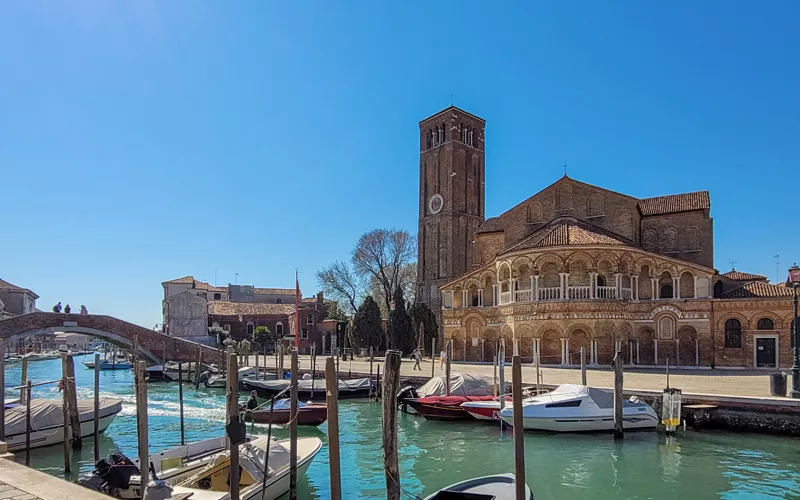
The island of Murano is internationally renowned for its glassmaking industry, which dates back to the 13th century. During the Middle Ages, Murano was the leading producer of glass in Europe, and the island continues to produce ornate chandeliers, contemporary art, homewares and Murano beads using a variety of techniques from lampworking to glassblowing.
Although the island is small, finding a hotel in Murano is not difficult. There are boutique hotels, historic establishments and even delightful appartments. Be careful when choosing a room, as here the view is spectacular: make sure you take advantage of it.
Island of Burano
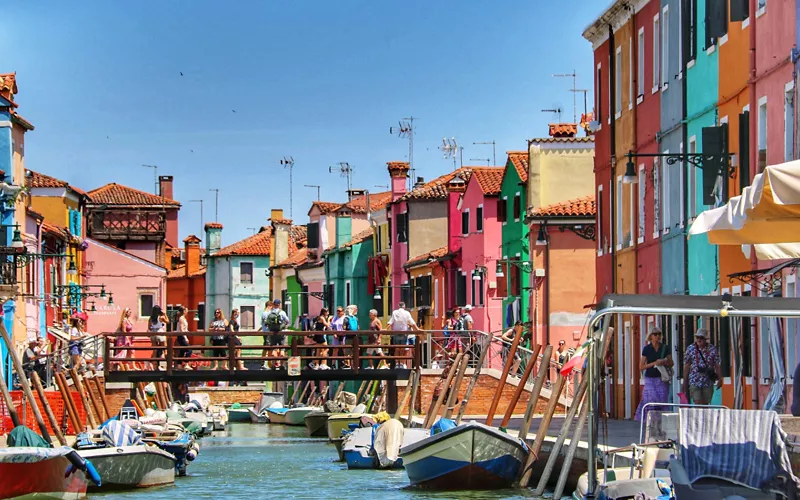
Burano is a fishing island with hundreds of colourful houses that have earned it the title of one of the most colourful towns in the world. Unlike Murano, Burano has remained largely agricultural, and fishing is its main industry.
The colourful houses are said to have been painted in bright colours to help fishermen navigate the lagoon on foggy days. Burano is also known for its tradition of lace-making, which originated in the 16th century.
There are no hotels here, but elegant renovated apartments in typical Burano houses and family-run B&Bs.
Mazzorbo
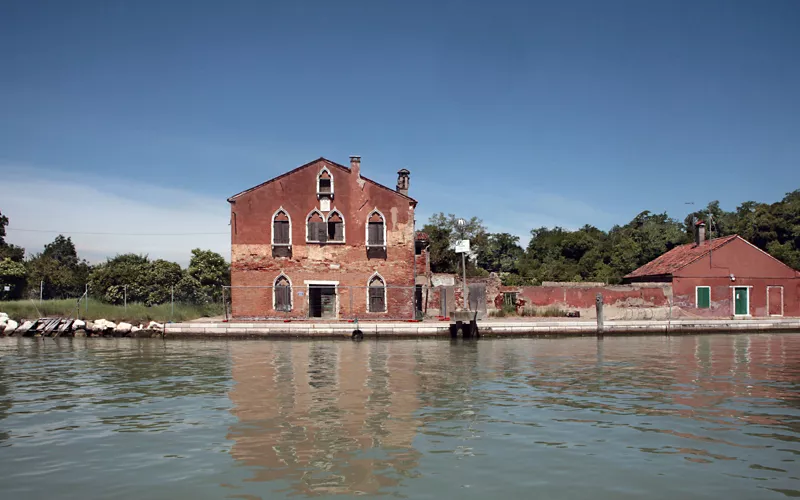
When you have finished exploring Burano, just cross a wooden footbridge to reach Mazzorbo, a small island that holds a real treasure.
Hidden within ancient walls and in the shadow of a 13th century bell tower is the Venissa Wine Resort and one of Venice's few secret vineyards. This is where the famous Dorona golden lagoon grape is cultivated, a favourite of the Venetian Doges at their banquets and then almost lost due to severe flooding in the 1960s.
Santa Cristina Island
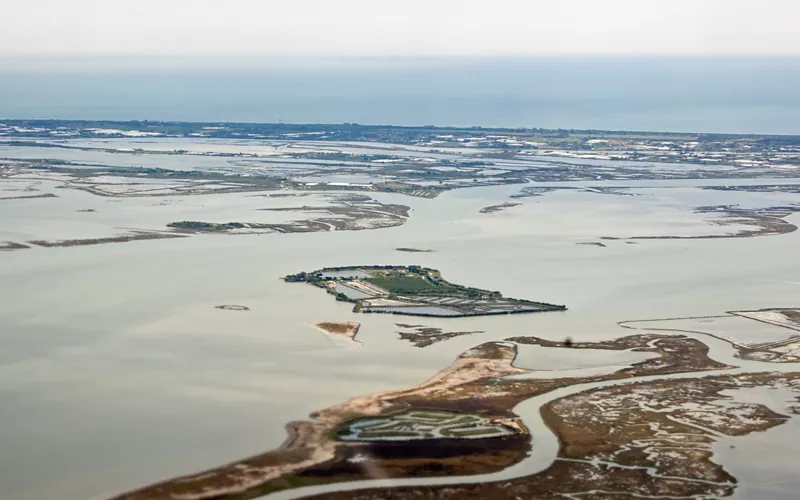
It may seem strange that there is a wild and eco-friendly island in the Venice Lagoon, but Isola Santa Cristina is just that.
It boasts fishing lakes, orchards, vineyards and wild animals such as peacocks, pheasants and pink flamingos. The hotel, the island's retreat, is owned by a private family: it is a majestic, historic Italian villa surrounded by beautiful gardens and grounds where you can rediscover the charm of the past centuries.
Isola delle Rose
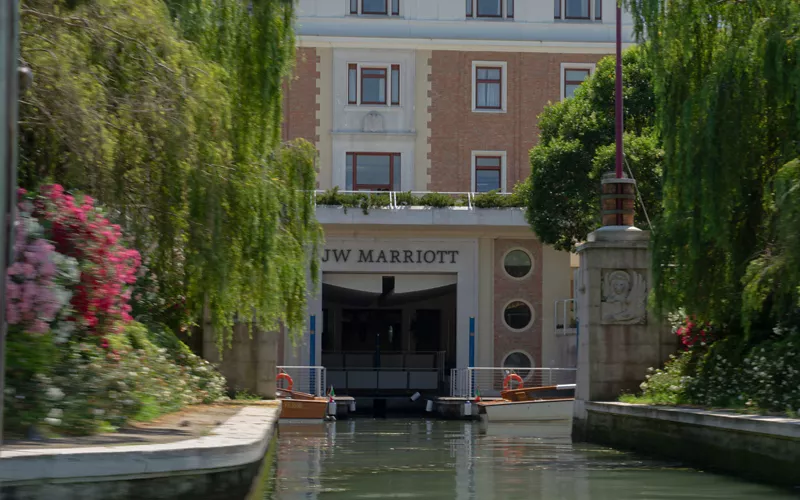
Isola delle Rose (Island of Roses), whose real name is Sacca Sessola, is an artificial island, the youngest of the Venetian islands. Today, Isola delle Rose houses a lush 16-hectare garden and is almost entirely covered with trees of all kinds: palm trees, willows, lime trees, magnolias, pines, horse chestnuts, larches and Atlantic cedars.
The old buildings, redesigned by architect Matteo Thun, welcome guests to the JW Marriot Venice Resort&SPA, which has kept the spirit of the place intact.
San Servolo
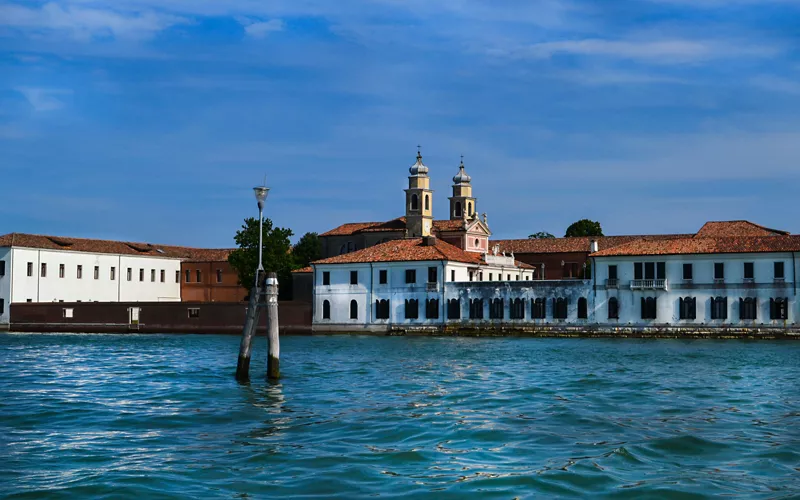
Halfway between San Marco and the Lido lies San Servolo. Today home to the International University of Venice, it once housed one of the oldest monasteries in Venice, a hospital and a mental asylum. The re-appropriation of the island began in 1980 and it is now visited by thousands of students, teachers and visitors.
The Lido
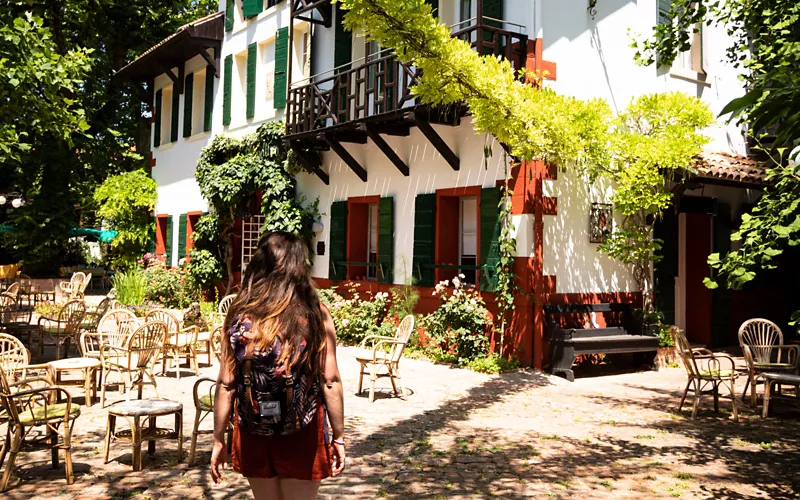
The Venice Lido is known worldwide for the Venice International Film Festival, which takes place every year at the end of summer. The whole island is 12 kilometres long, just under two kilometres wide, and divided into three settlements: Lido, which hosts the Film Festival; Malamocco, once the home of the Doge of Venice; and Alberoni, which houses a golf course.
There are plenty of accommodation facilities here, but the Hotel Excelsior is an exceptional retreat for film actors, illustrious guests and discerning travellers from all over the world. It is an extraordinary oasis of relaxation and peace.
Pellestrina
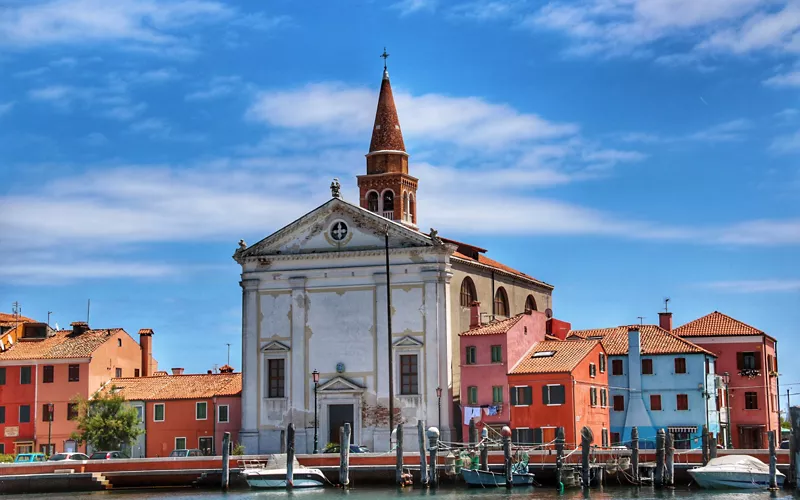
At the end of Lido we find Pellestrina, a thin 11 km line separating the sea from the lagoon, protected by the Murazzi, built by the Republic to defend the city.
The island, rich in vegetables and cheerfully painted houses, relies on fishing and agriculture. Dazzling sunsets and beautiful landscapes can be admired here, together with the authentic Venetian way of life that is still preserved.
Photo credits: "Consorzio Venezia e il suo Lido"

